Letter 1
Dear Everyone,
Two wonderful videos with great humour and great thoughts... of course these are both hyper-wealthy people but we can adopt some of their good ideas without stressing out on having to become rich... ;)
www.ted.com/talks/dame_stephanie_shirley_why_do_ambitious_women_have_flat_heads
www.ted.com/talks/ricardo_semler_radical_wisdom_for_a_company_a_school_a_life
Teresa Ting
Letter 2
Dear Hania,
(…) Kazakh symbols and ornaments
There are symbols and ornaments in every country. In Kazakhstan children learn national traditions, culture, symbols and ornaments in primary school, as well as other subjects. For example, flag of Kazakhstan means peaceful blue skies and country, sun means good life, warmth and joy (yellow colour), and bird - freedom loving, independent country. National emblem means that everyone needs a house for happy life, so you can see "shanyrak" like a "roof of the house" round of yurt (nomad's tent in Central Asia), two horses with wings on both sides, that symbolize a very quick developing country, staying power and protection.
On the base of national kazakh ornaments there are images of ancient animals as sheep, horse, camel, wolf, eagle, falcon, and then reproduction of their parts and figures of heads, horns, ears, hoof, foot, etc. So, the main kazakh ornaments appeared "koshkar myiz" is a "sheep's horn", "maral myiz" is a "deer's horn", "at bas" is a "head of horse".
It is known, that original national clothes during celebrations give you confidence, beauty and proud, and also ornaments symbolize success, prosperity and love to art.
Zaure Kulchikenova
Kazakhstan
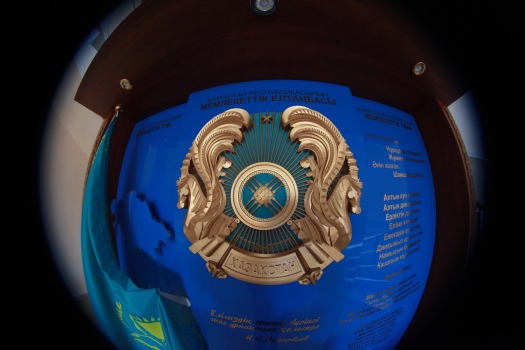
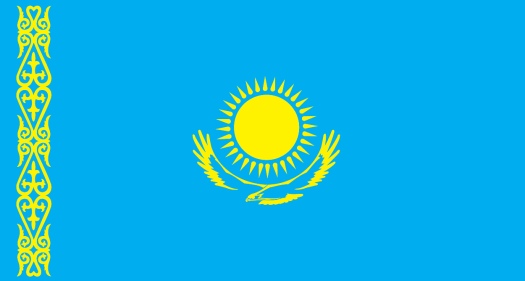
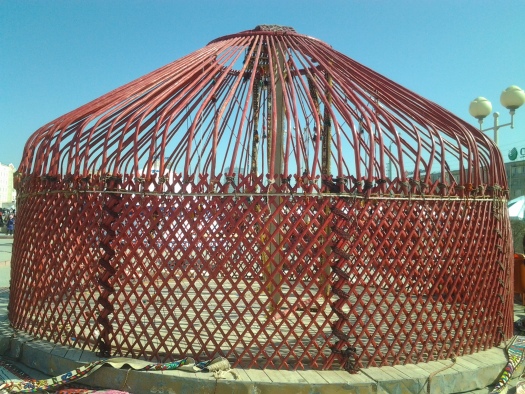
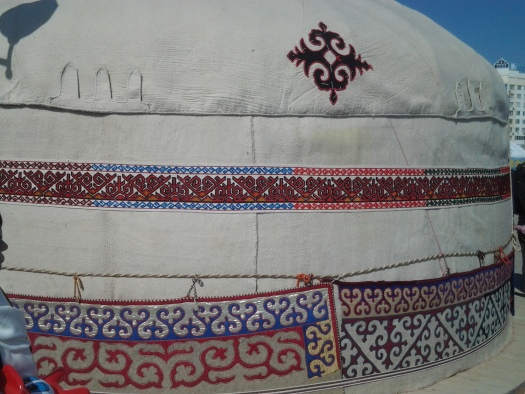
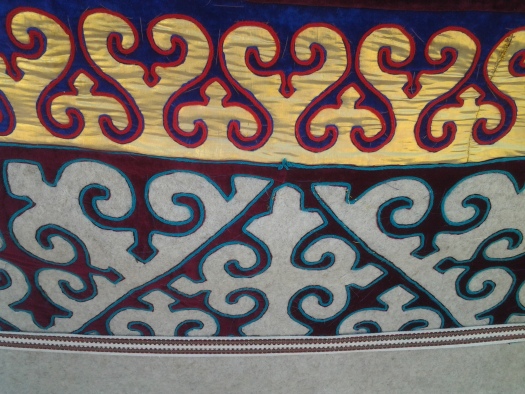
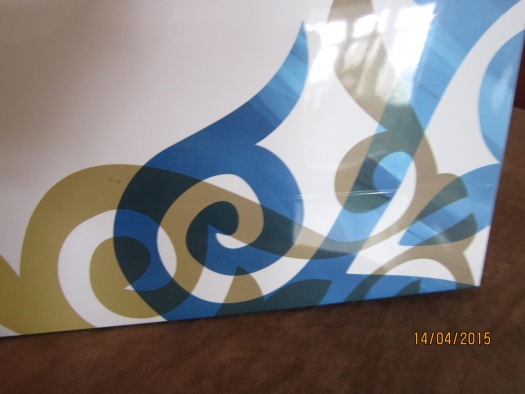

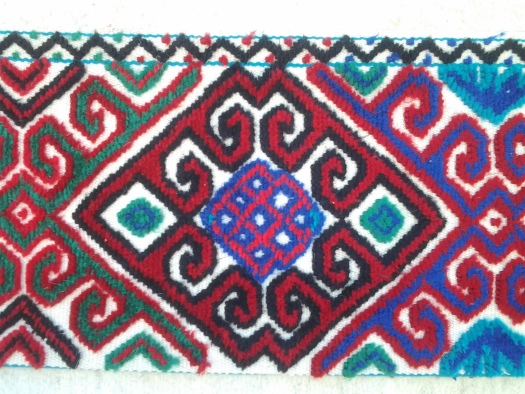
Letter 3
Hello Hania
So first of all, I hope that you enjoyed IATEFL 2015 and I hope that you got home safely. I was relieved that there were still some people left on the last day to come to my session (Video cameras in the hands of learners) and would to say thank you for choosing to be there.
If you need to refer to the talk, you can see it on video here.
Also, as promised, here is the handout:
Jamie_Keddie_IATEFL_2015_handout.pdf (556 kb)
Please feel free to share the video and handout with anyone else who might be interested.
Hope to see you at IATEFL 2016 in Birmingham!
Have a great week.
Jamie :)
Letter 4
Dear Hania,
Thank you for sending me regularly the HLT issues which I highly value and read. I am glad that the new initiative – the C Group – includes a Romanian teacher of English – Victoria Hlenski - who is a very dynamic and active professional. She has been involved in very many evaluation events, among which the English Olympiad. I myself might join the C Group – if I can contribute from an administrative angle.
Looking forward to reading you,
Anca-Mariana Pegulescu
Inspector general for English, Japanese and Chinese
Romanian Ministry of Education and Scientific Research
General Department of Preuniversity Education
Department of School Inspection
28-30 G-ral Berthelot St.
Tel:+40214056315;fax:+40213135547
Bucharest
Romania
Letter 5
Dear Hania!
Thank you for the letter and lots of interesting and useful information. I'd like to become a member of the Creativity Group, as I am a very creative person myself. A couple of days ago I made a presentation at the international conference here in Samara. The title of the presentation is "Butterfly, Butterfly, Where do you fly?" - the role of imagination in ELT. It was mainly based on the book by J. Arnold, H. Puchta and M. Rinvolucri "Just Imagine". Mario wrote on the first page "To Elena. Who are we to tell YOU what to imagine!!? This is a deeply cheeky book!" The presentation was a great success. Some tasks were illustrated by the students' essays which they read out loud and performed. (Do you remember some creative papers written by my students: "A Spoon Writes a Letter to a Plate of Soup" that were published in one of the issues of HLT Magazines?) If it is possible I'll write an article based on the presentation with the students' essays as an illustration? Sorry, I kept silent for so long!
Best regards,
Elena Kashina
Letter 6
Dear Hania Kryszewska,
Cambridge Scholars Publishing is delighted to announce the release of Biohistory, a revolutionary new title by Dr Jim Penman.
Founded on significant research into the physiological basis of behaviour, Biohistory is a ground-breaking scientific theory that presents an innovative investigation of the role of epigenetics in the history of civilisations from the Roman Empire to the present day. The book takes a fresh and original approach to exploring the factors that caused different civilisations to prosper and decline, and, through his analysis of human biology and the genetic causes of behaviour, Penman arrives at a startling conclusion: Western civilisation is in a state of decline and collapse.
This is no shock tactic; Penman uses empirical, scientific data to present the first testable study of the role that biological factors played in the history of the West, based on the physiological mechanisms that change behaviour based on varying food conditions. Biohistory draws on the disciplines of history, biology, anthropology and economics to explain the effects of epigenetic differences on cultures, and how social change can even be predicted through biochemistry.
Eminent academics have already been praising the title for its innovative and creative approach to explaining macro-historical patterns through its extensive investigation of the role of epigenetics. In the words of Dr Frank Salter of the International Strategic Studies Association, “it will shatter mainstream political science and grand history”, and is “a theory which only the unwise will ignore” according to Dr Michael T. McGuire of UCLA.
Cambridge Scholars are offering a 20% discount on Biohistory to mark the launch of this stimulating new title. To find out more about Biohistoryand to get your copy, please click here.
Happy reading!
Christine
Christine von Gall
Deputy Editor
Cambridge Scholars Publishing
christine.von-gall@cambridgescholars.com
Letter 7
Dear Hania,
(…)
The mobilization of Nonkilling: A needed global effort
When terrorists kill people who are praying,
It is also Humankind that those killers are slaying.
When terrorists kill people who are spiritually meditating,
It is also Humankind that those killers are exterminating
When terrorists kill people who are praying anywhere and everywhere, in a church, a temple, or in a synagogue
It is also to the history of human killing that those killers are adding another abominable epilogue
Updating the conceptual development of peace: a nonkilling view
Conceptually, PEACE seemed to have reigned singly supreme
Then from 1915, NONVIOLENCE brought PEACE to an extreme.
The conceptual development of PEACE was further enhanced
When in 2002 the pioneering concept of NONKILLING was advanced.
NONKILLING -- there are people who skeptically react to
and ask what such new concept can help peace-builders do.
We say that NONKILLING is a powerful reminder that for
global sustainable peace, two conditions are required: NONVIOLENCE and NONKILLING to outpour.
In conceptual development, PEACE is now seen as vital, varied, and vast;
it is through NONVIOLENCE and NONKILLING that HUMANKIND will succeed in making PEACE perennially last.
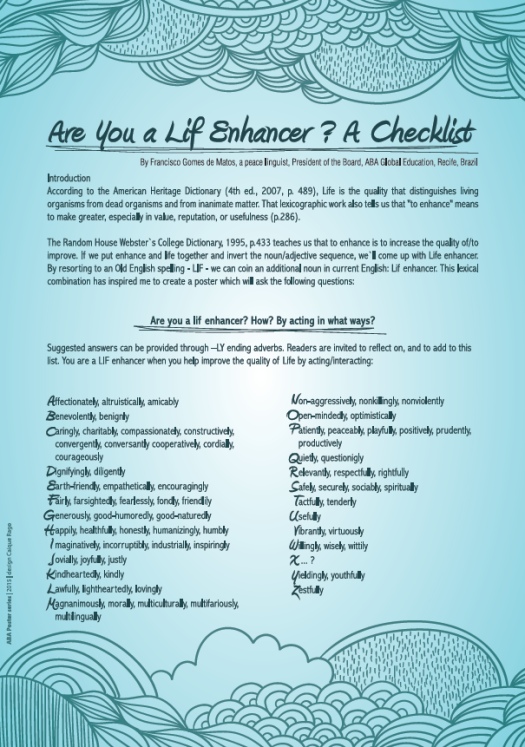
Francisco Gomes de Matos, a peace -nonkilling linguist,Recife, Brazil



|